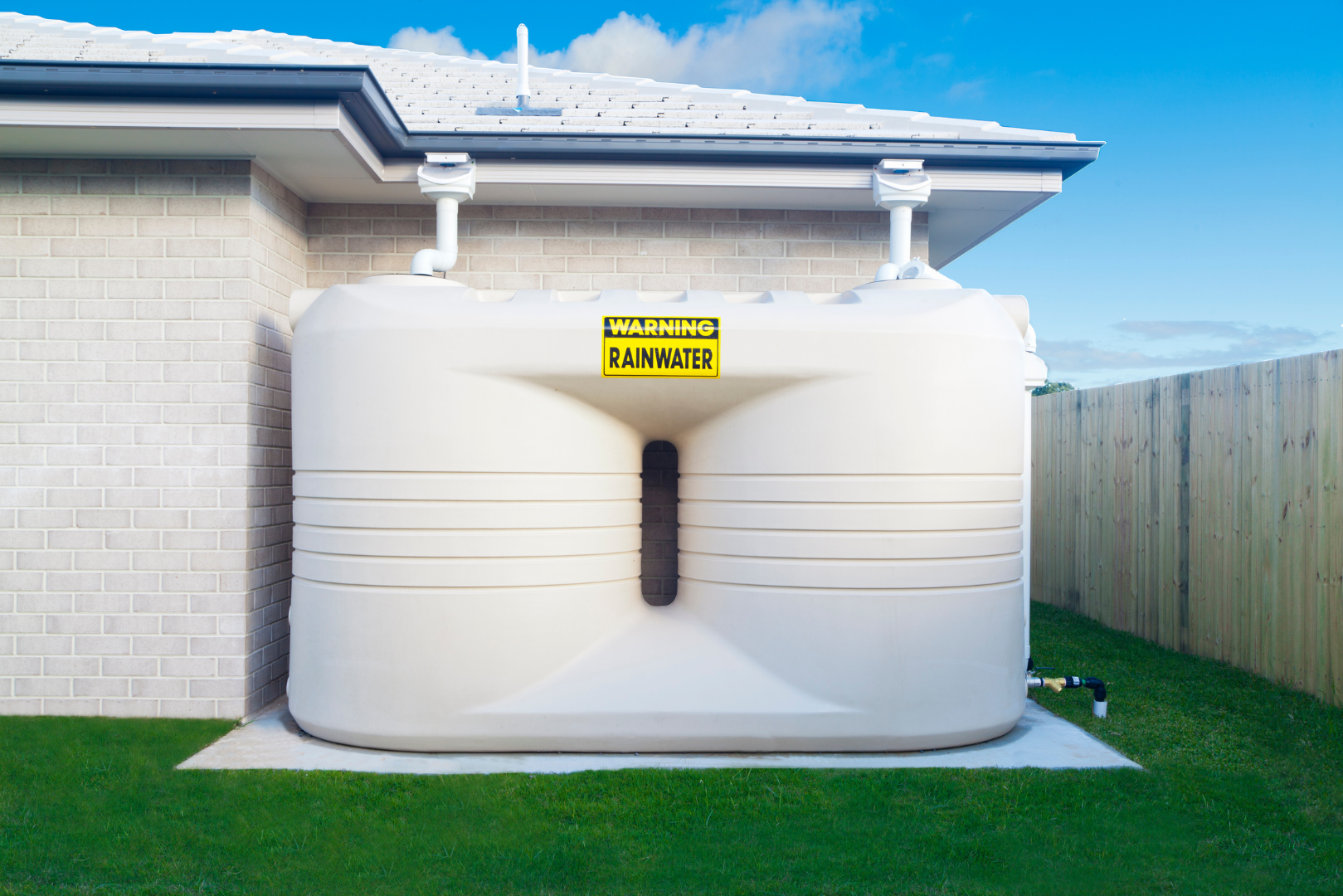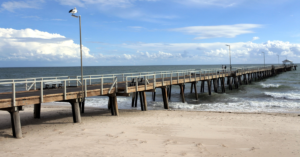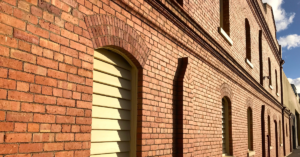In an era where water scarcity is becoming an increasingly concerning global issue, exploring alternative sources of water is crucial. One such solution is harvesting and utilising rainwater. Rainwater harvesting not only reduces the strain on traditional water supplies but also offers a sustainable and cost-effective means of meeting various household and agricultural water needs. However, before rainwater can be utilised, it is essential to filter and treat it effectively. In this blog, we will explore the steps involved in filtering and treating rainwater to ensure its safety and usability.
Step 1: Collecting Rainwater
The first step in utilising rainwater is to collect it efficiently. This is typically done by installing a rainwater collection system, which can consist of rooftop gutters, downspouts, and a storage tank or cistern. It is essential to ensure that the collection surface, such as the roof, is clean and free from contaminants like debris, bird droppings, or chemical residues. Make sure your water tank is cleaned regularly. Gutter-Vac is experienced in water tank cleaning and can provide a quote.
Step 2: Pre-filtration
Pre-filtration helps to remove large debris and particles from the collected rainwater before it enters the storage tank. This can be achieved by using a mesh screen or leaf filter at the entry point of the gutter or downspout. The filter should be cleaned periodically to prevent clogging and allow water to flow freely.
Step 3: Storage and Settling
Rainwater storage tanks or cisterns should be designed to prevent light penetration and minimise the growth of algae or other microorganisms. Additionally, incorporating a settling tank or sediment filter allows suspended particles to settle at the bottom, enabling clearer water to be extracted from the top. This step helps remove sediments, leaves, and other debris that might have passed through the pre-filtration stage.
Step 4: Filtration
To ensure the removal of finer particles, bacteria, and other contaminants, a more advanced filtration system is required. Common filtration methods include sand filters, cartridge filters, activated carbon filters, and membrane filters. These filters can effectively remove impurities and improve the overall quality of the rainwater. It is crucial to choose the appropriate filtration system based on the specific requirements and water quality standards of the intended use.
Step 5: Disinfection
Disinfection is a critical step in treating rainwater to eliminate harmful microorganisms and ensure its safety for various applications. Chlorination is a commonly used method for disinfecting rainwater. By adding a small amount of chlorine or bleach to the water, you can effectively kill bacteria and viruses. However, it is important to follow the recommended dosage guidelines to avoid over-chlorination, which can be harmful to human health.
Step 6: Additional Treatment (Optional)
Depending on the intended use of the rainwater, additional treatment methods may be necessary. For example, if rainwater is intended for drinking purposes, it is advisable to consider installing a more advanced purification system, such as ultraviolet (UV) disinfection or reverse osmosis (RO) filtration. These methods can provide an extra layer of protection against potential contaminants and ensure the highest water quality standards.
Filtering and treating rainwater is an eco-friendly and sustainable approach to water conservation. By implementing the steps outlined above, individuals and communities can harness the power of rainwater, reducing reliance on traditional water sources and alleviating pressure on strained water supplies. Proper filtration, storage, and treatment methods ensure that rainwater is safe and suitable for a wide range of applications, from gardening and irrigation to household uses.
Using our specialised vacuum system, Gutter-Vac can clean your water tank while it is still full of water, leaving your tank debris and bacteria free. Get a quote or call 1300 654 253.










